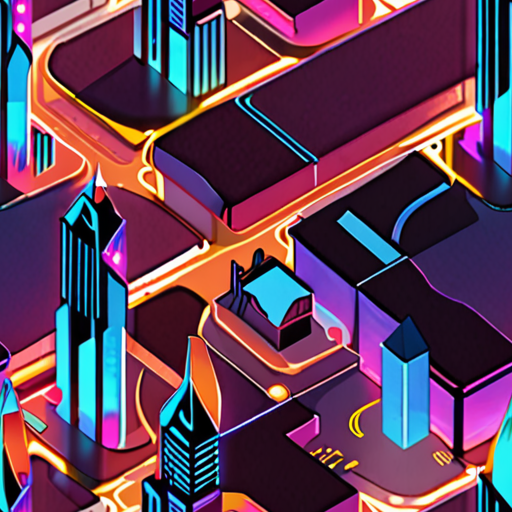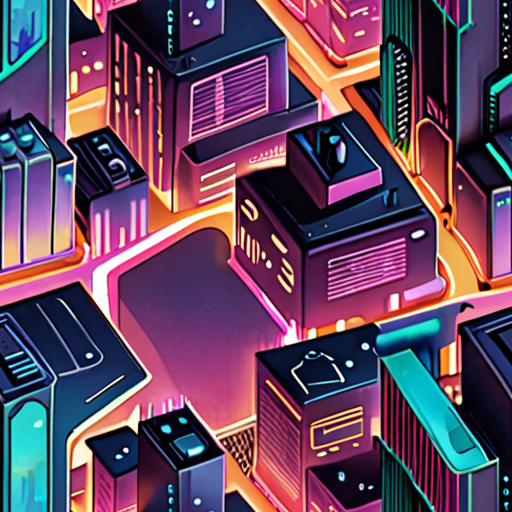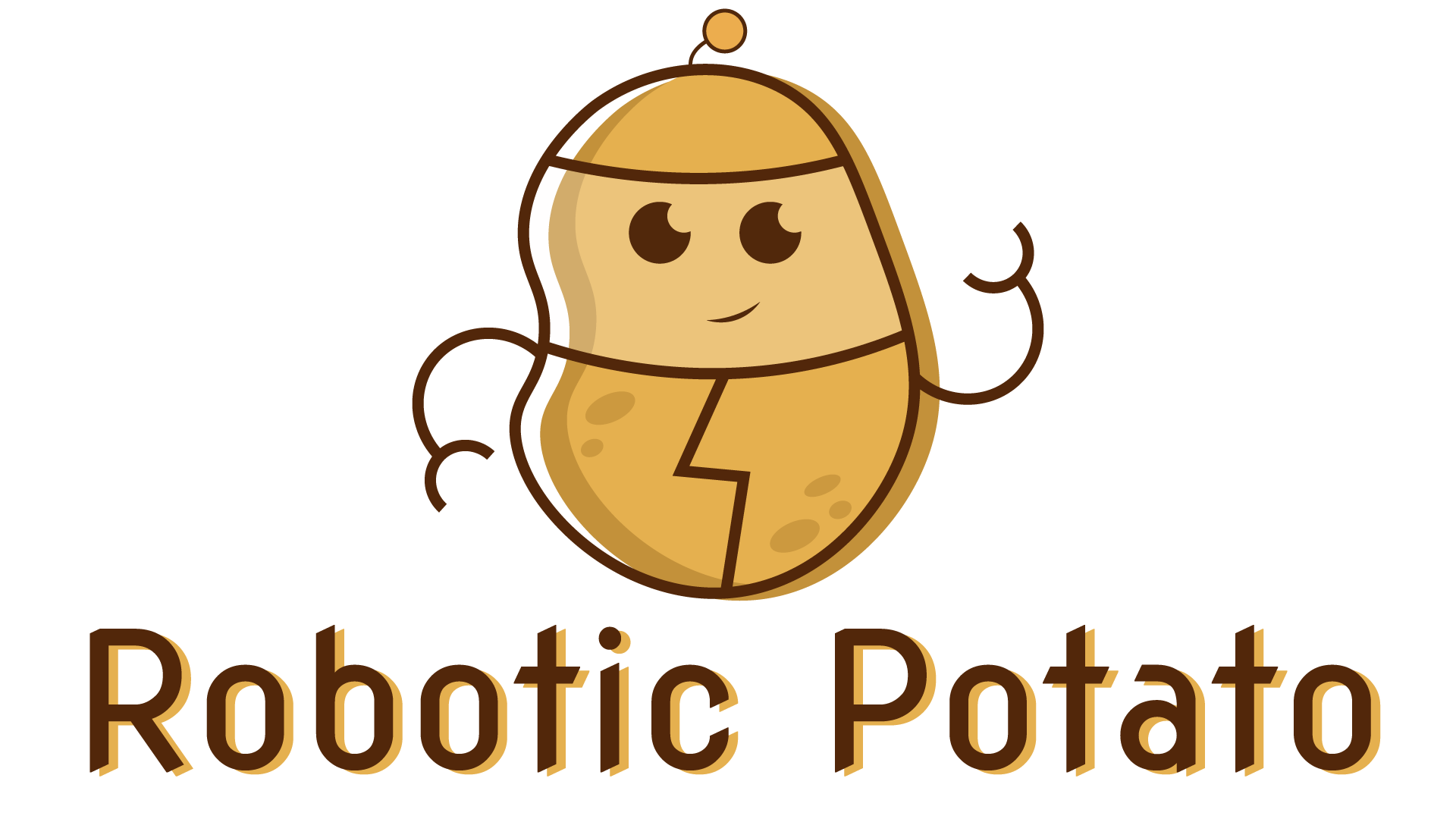In today’s fast-paced digital landscape, businesses and individuals alike are constantly seeking innovative ways to streamline processes, boost productivity, and stay ahead of the competition. One of the most promising solutions lies in the realm of artificial intelligence (AI) automation tools, which have revolutionized the way we approach tasks, from software testing to workflow management. By harnessing the power of machine learning algorithms and natural language processing, these cutting-edge tools enable users to automate repetitive tasks, reduce errors, and unlock new levels of efficiency.

Best AI Tool for Automation
I’m often asked which AI tool is best for automation, and my answer is always the same – it depends on your specific needs and goals.
- Automation Anywhere : A leading provider of RPA software, Automation Anywhere offers a robust platform for automating repetitive tasks and processes.
- UiPath : Another popular choice for RPA, UiPath provides a user-friendly interface and a wide range of features for automating tasks and workflows.
- Blue Prism : A pioneer in the RPA space, Blue Prism offers a scalable and secure platform for automating complex business processes.
- Microsoft Power Automate : Formerly known as Microsoft Flow, Power Automate is a cloud-based workflow automation tool that integrates seamlessly with Microsoft Office 365.
- Google Cloud Workflows : A fully managed service for building and managing workflows, Google Cloud Workflows allows you to automate tasks and processes using a visual interface.
When choosing the best AI tool for automation, consider factors such as ease of use, scalability, security, and integration with existing systems.
Key Features to Look for in an AI Automation Tool
- Robust Process Discovery : The ability to identify and map out complex business processes is crucial for effective automation.
- User-Friendly Interface : An intuitive interface makes it easier for non-technical users to design and deploy automated workflows.
- Scalability and Security : Choose a tool that can handle large volumes of data and ensures the security and integrity of sensitive information.
- Integration with Existing Systems : Seamless integration with existing systems and tools is essential for maximizing the benefits of automation.
Getting Started with AI Automation
To get started with AI automation, begin by identifying areas of your business that could benefit from automation.
- Assess Your Current Processes : Map out your current business processes and identify areas where automation could bring significant improvements.
- Select the Right Tool : Choose an AI automation tool that meets your specific needs and goals.
- Develop a Strategy : Create a plan for implementing automation and training employees on how to use the chosen tool.
- Monitor and Optimize : Continuously monitor the effectiveness of your automation efforts and make adjustments as needed.
Top 5 Generative AI Tools
We’ve compiled a list of the top 5 generative AI tools that can help you unlock the full potential of artificial intelligence.
- 1. Midjourney
- 2. DALL-E
- 3. LLaMA
- 4. Stable Diffusion
- 5. Wombo Dream
Midjourney is a popular AI tool that uses machine learning algorithms to generate high-quality images based on text prompts. With its intuitive interface and vast library of templates, Midjourney is perfect for artists, designers, and marketers looking to create stunning visuals quickly and efficiently.
DALL-E is another highly-regarded AI tool that can generate realistic images from text descriptions. Its advanced algorithms allow for incredible detail and precision, making it ideal for applications such as product design, architecture, and advertising.
LLaMA is an open-source AI model developed by Meta AI that can generate human-like text based on input prompts. Its ability to understand context and nuances makes it an excellent choice for applications such as language translation, content generation, and chatbots.
Stable Diffusion is a cutting-edge AI tool that uses deep learning algorithms to generate high-quality images from text prompts. Its ability to capture intricate details and subtle textures makes it perfect for applications such as art, design, and photography.
Wombo Dream is a user-friendly AI tool that allows users to generate stunning images based on text prompts. Its vast library of templates and intuitive interface make it an excellent choice for beginners and experienced users alike.

The Best AI Tool
We’ve analyzed various AI tools to determine which one stands out from the rest.
-
ChatGPT
ChatGPT is a popular AI chatbot known for its conversational abilities and vast knowledge base.
Its ability to understand and respond to complex queries makes it a valuable asset for businesses and individuals alike.
However, its limitations in handling sensitive topics and potential biases have raised concerns among users.
-
Copilot
Copilot is an AI tool developed by Microsoft that assists with coding tasks and offers suggestions for improvement.
Its integration with Visual Studio Code and other development platforms makes it a convenient choice for developers.
While it excels in code completion and debugging, its limitations in understanding human language have been noted.
-
Perplexity AI
Perplexity AI is a free AI chatbot that prioritizes user privacy and provides transparent sourcing for its responses.
Its user interface is intuitive and easy to navigate, making it accessible to users of all skill levels.
As a result, Perplexity AI has gained popularity among those seeking a reliable and trustworthy AI solution.
-
Robotic Potato
At Robotic Potato, we specialize in reviewing and comparing AI tools to help users make informed decisions.
Our team of experts evaluates each tool based on its features, pricing, and overall performance.
This ensures that our readers receive unbiased and accurate information to aid in their selection process.
In conclusion, while each AI tool has its strengths and weaknesses, Perplexity AI stands out for its commitment to user privacy and transparency.
Its ease of use and reliability make it an excellent choice for those seeking a trustworthy AI solution.
However, it’s essential to consider individual needs and preferences when selecting an AI tool, as what works for one user may not work for another.
Ultimately, the best AI tool is one that meets your unique requirements and provides a seamless user experience.

What is an AI Automation Tool?
An AI automation tool is software that uses artificial intelligence and machine learning algorithms to automate repetitive, mundane, and complex tasks, freeing up human resources for more strategic and creative work.
-
Key Features:
-
Automation of Routine Tasks:
AI automation tools can perform tasks such as data entry, bookkeeping, and customer service, reducing the need for manual labor.
-
Process Optimization:
These tools can analyze workflows and identify areas for improvement, streamlining processes and increasing efficiency.
-
Integration with Other Tools:
Many AI automation tools integrate with popular software platforms, allowing for seamless communication and data exchange.
-
-
Benefits:
-
Increased Productivity:
By automating routine tasks, employees can focus on high-value activities, leading to increased productivity and job satisfaction.
-
Improved Accuracy:
AI automation tools can reduce errors and inconsistencies, ensuring that tasks are completed accurately and efficiently.
-
Cost Savings:
Automating tasks can lead to significant cost savings, as companies can reduce labor costs and minimize the need for manual labor.
-
-
Types of AI Automation Tools:
-
RPA (Robotic Process Automation):
RPA tools mimic human actions to automate tasks, often using screen scraping and mouse emulation techniques.
-
Cognitive Automation:
Cognitive automation tools use machine learning and natural language processing to automate tasks that require human judgment and decision-making.
-
Hyper-Automation:
Hyper-automation tools combine RPA, cognitive automation, and other technologies to automate end-to-end processes and workflows.
-
Some popular AI automation tools include Zapier, Automate.io, and Microsoft Power Automate, which offer a range of features and functionalities to suit various business needs.
When selecting an AI automation tool, consider factors such as ease of use, scalability, integration capabilities, and customer support to ensure that the chosen solution meets your organization’s requirements.
By implementing AI automation tools, businesses can streamline processes, increase productivity, and reduce costs, ultimately driving growth and competitiveness in today’s fast-paced market.
Is ChatGPT the Best AI Tool?
We’ll explore the capabilities of ChatGPT and compare it to other leading AI tools to determine its standing in the market.
- ChatGPT Capabilities
- ChatGPT is a conversational AI model developed by OpenAI, capable of understanding and responding to human-like language inputs.
- It excels in tasks such as answering questions, generating text, and engaging in conversations.
- ChatGPT has been trained on a massive dataset of text from various sources, enabling it to learn patterns and relationships between words.
- Competitors in the Market
- LLaMA: Developed by Meta, LLaMA is a large language model that can process and respond to complex queries.
- Google Bard: A conversational AI model created by Google, Bard is designed to assist users with information retrieval and task completion.
- Microsoft Azure Bot Service: A cloud-based platform for building conversational interfaces, Azure Bot Service offers a range of features for developers.
- Evaluating ChatGPT’s Performance
- ChatGPT’s ability to understand context and nuances in language sets it apart from other AI models.
- Its capacity for creative writing and generation makes it a valuable asset for content creators.
- However, ChatGPT’s limitations in handling ambiguity and uncertainty may hinder its performance in certain situations.
- Conclusion
While ChatGPT is an exceptional AI tool, its standing as the “best” depends on individual needs and preferences.
Ultimately, the choice between ChatGPT and other AI tools depends on the specific requirements of the project or application.
By considering the strengths and weaknesses of each option, users can make informed decisions and select the most suitable AI tool for their needs.

What is AI Automation?
AI automation utilizes various AI techniques, including machine learning algorithms, natural language processing (NLP), and computer vision, to process and learn from vast amounts of data.
- Machine learning algorithms enable AI systems to analyze patterns and relationships within data, allowing them to make predictions and decisions based on that analysis.
- NLP enables AI systems to understand and interpret human language, facilitating tasks such as sentiment analysis, text classification, and language translation.
- Computer vision allows AI systems to interpret and understand visual data from images and videos, enabling applications such as object detection, facial recognition, and image classification.
Applied Uses of AI Automation
AI automation has numerous practical applications across various industries, including:
- Customer Service: Chatbots and virtual assistants powered by AI automation can handle customer inquiries, provide support, and offer personalized recommendations.
- Data Analysis: AI automation can quickly process and analyze large datasets, identifying trends, patterns, and insights that inform business decisions.
- Content Creation: AI-powered tools can generate high-quality content, such as articles, social media posts, and product descriptions, saving time and increasing efficiency.
- Supply Chain Management: AI automation can optimize logistics, predict demand, and streamline inventory management, reducing costs and improving delivery times.
Benefits of AI Automation
The benefits of AI automation include:
- Increased Efficiency: AI automation can automate repetitive tasks, freeing up human resources for more strategic and creative work.
- Improved Accuracy: AI systems can perform tasks with greater accuracy and speed than humans, reducing errors and improving overall quality.
- Enhanced Decision-Making: AI automation can provide data-driven insights and recommendations, informing better business decisions and driving growth.
- Cost Savings: AI automation can reduce labor costs, minimize waste, and optimize resource allocation, leading to significant cost savings.
Conclusion
AI automation has revolutionized the way we live and work, offering numerous benefits and applications across various industries. By leveraging AI techniques such as machine learning, NLP, and computer vision, organizations can increase efficiency, improve accuracy, and drive growth. As AI continues to evolve, its potential impact on society and the economy will only continue to grow, making it essential to stay informed and adapt to these changes.

0 Comments